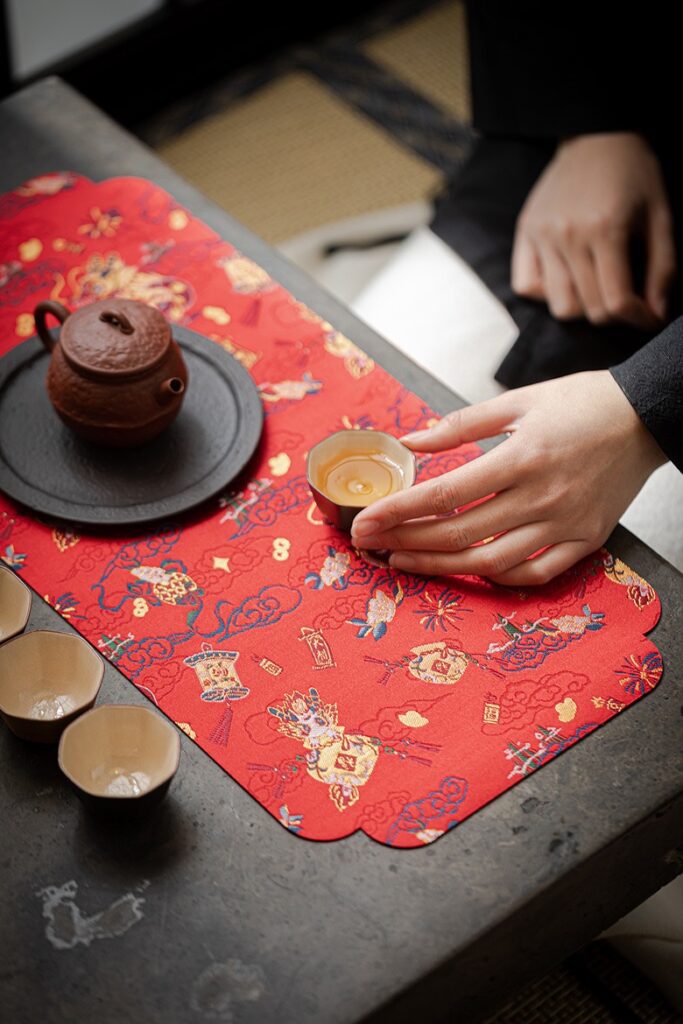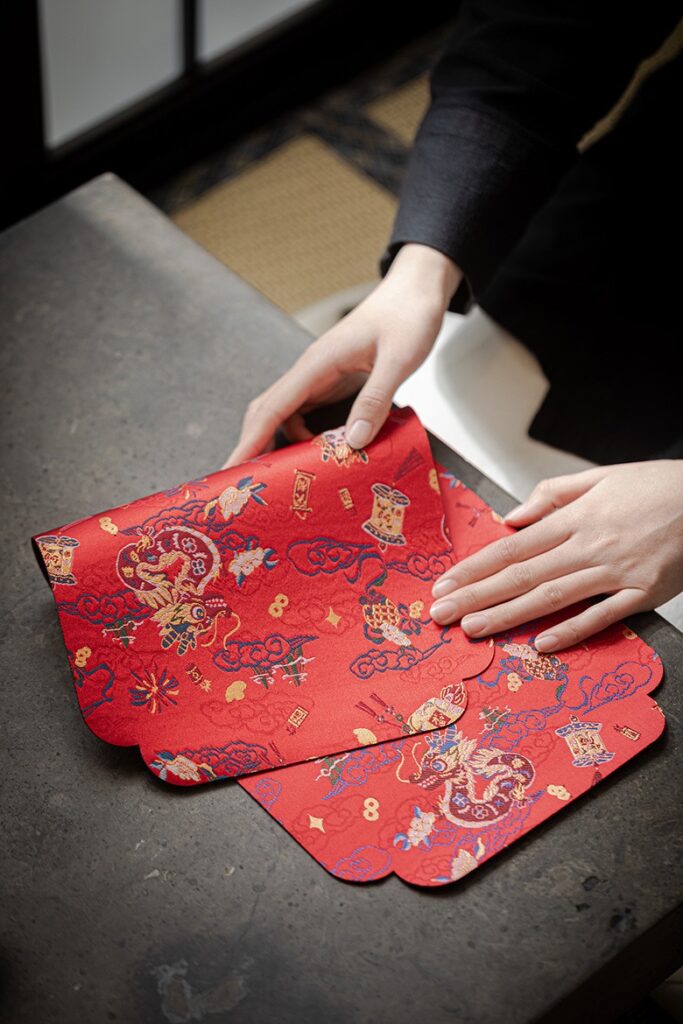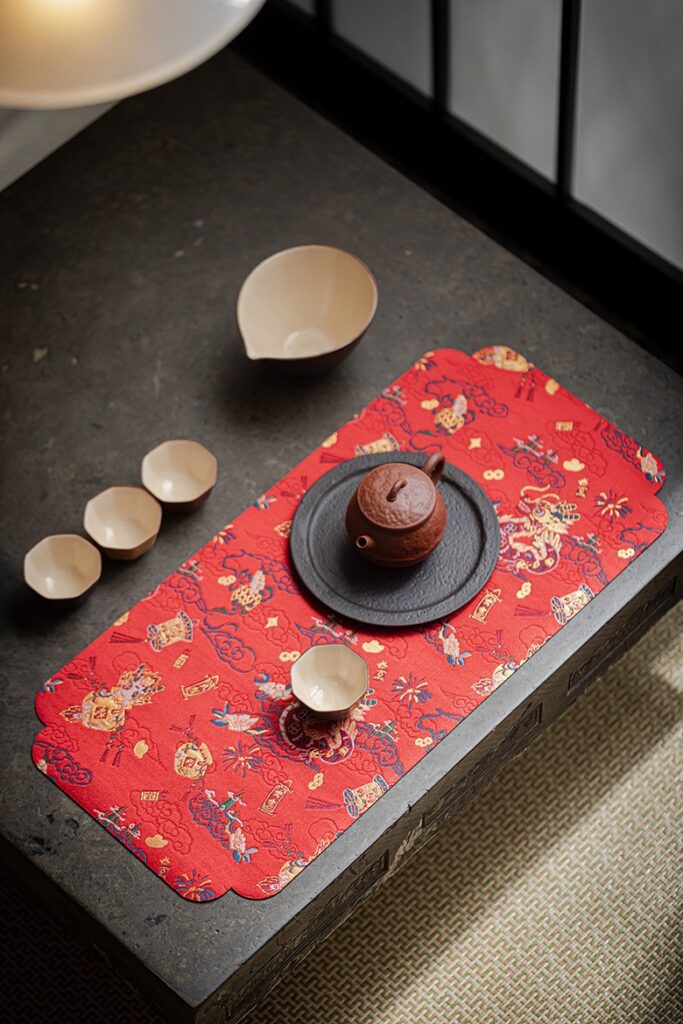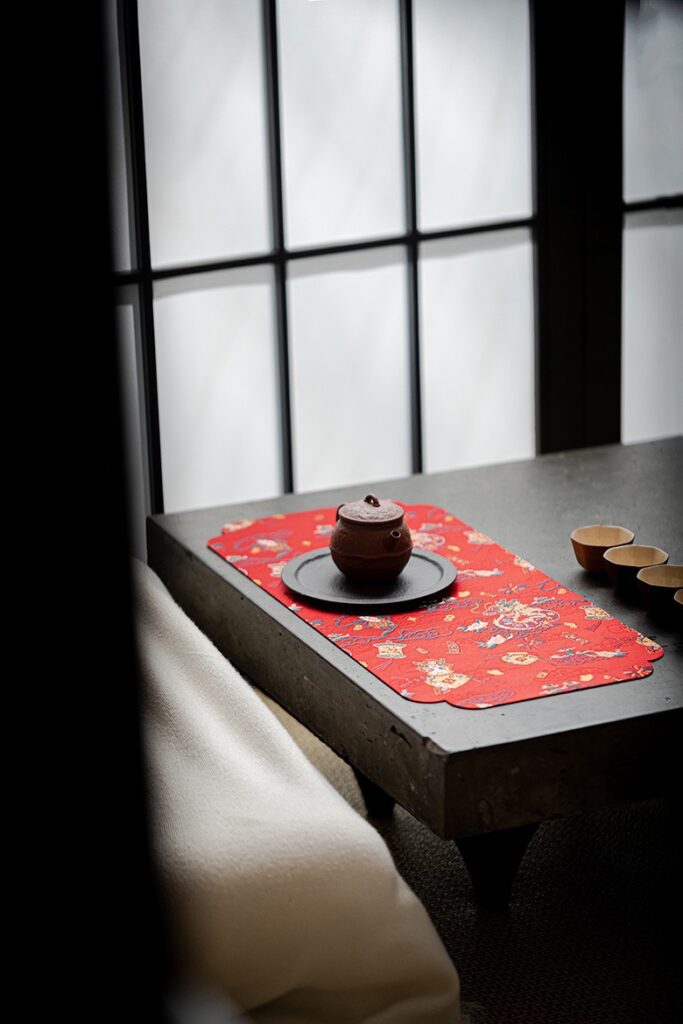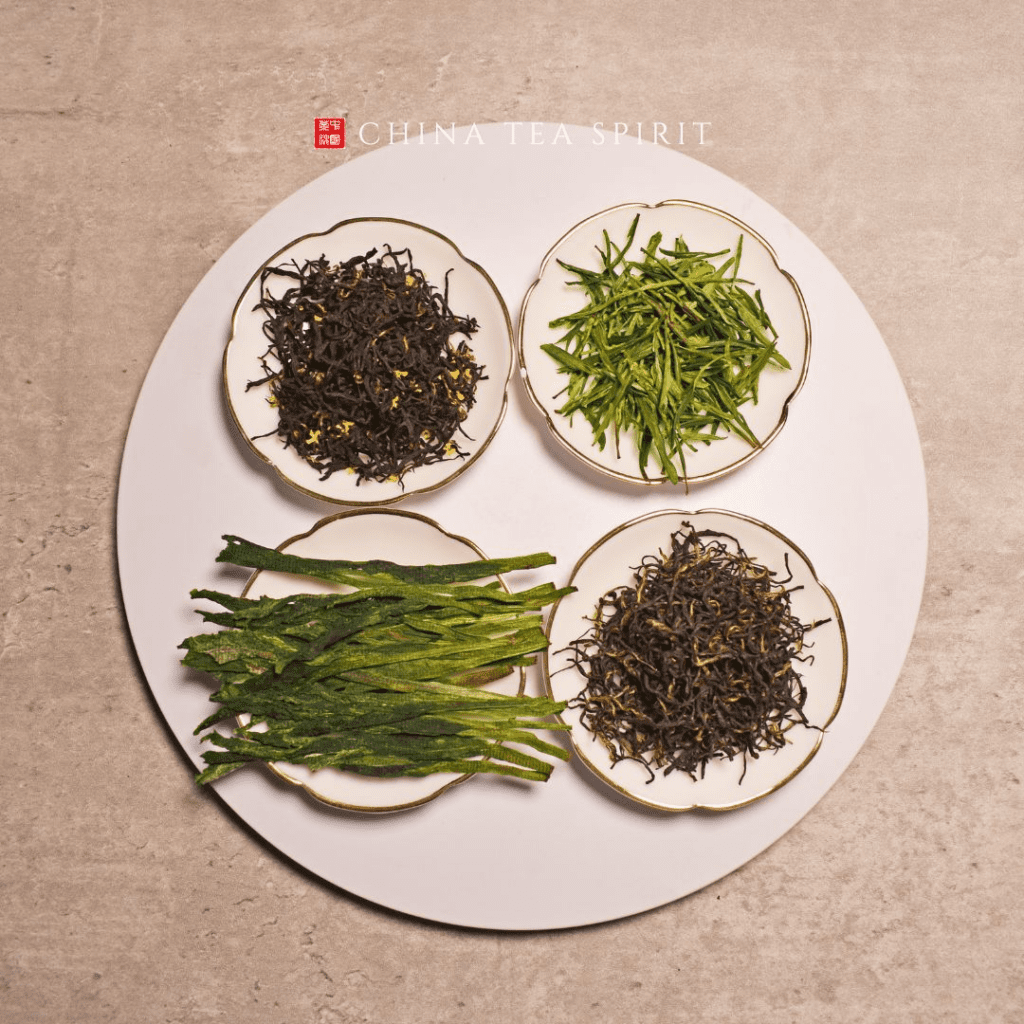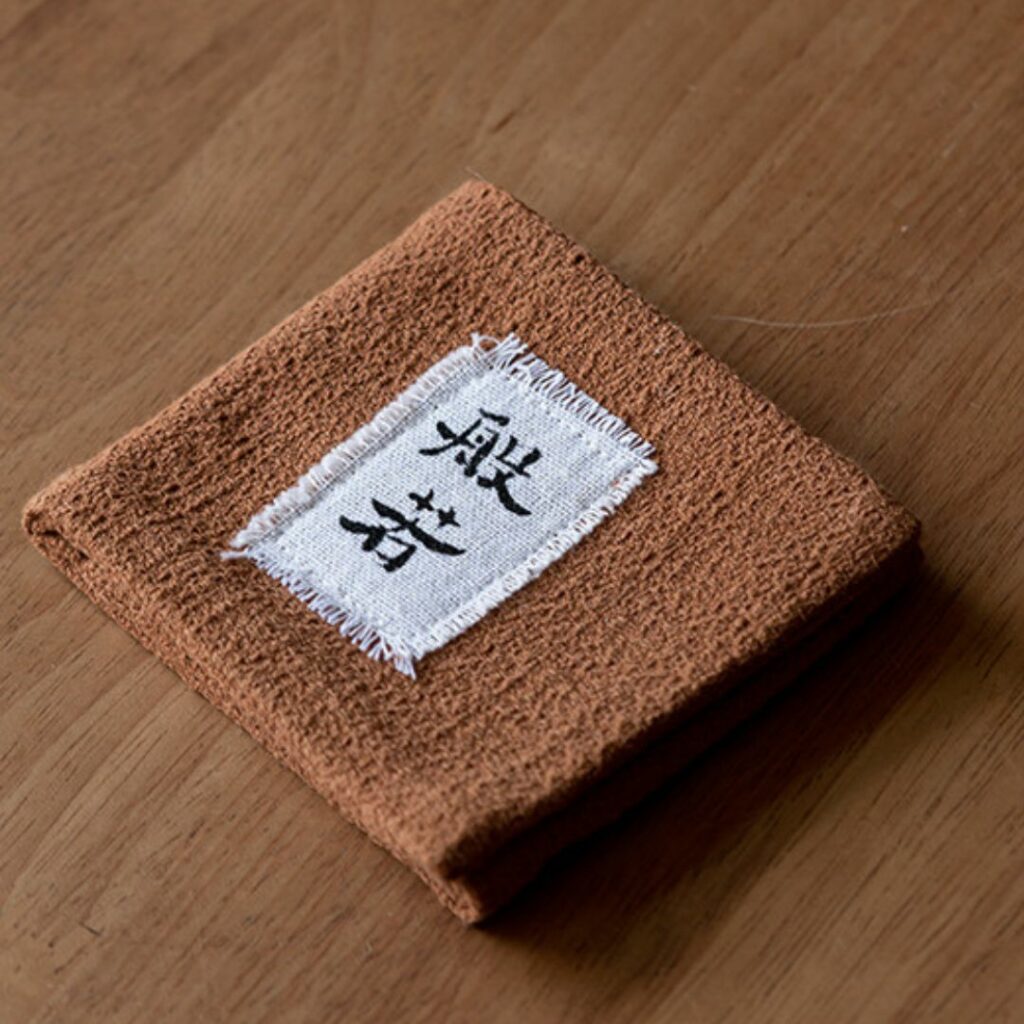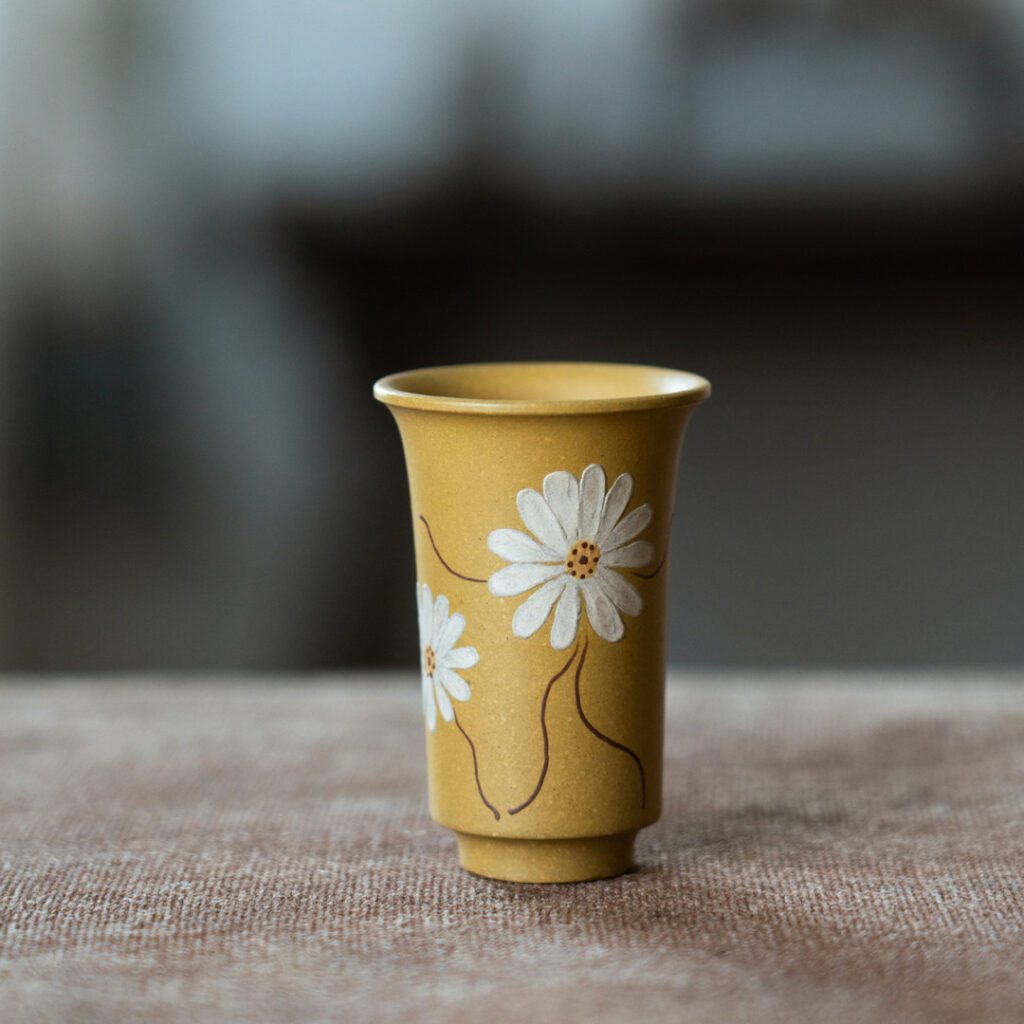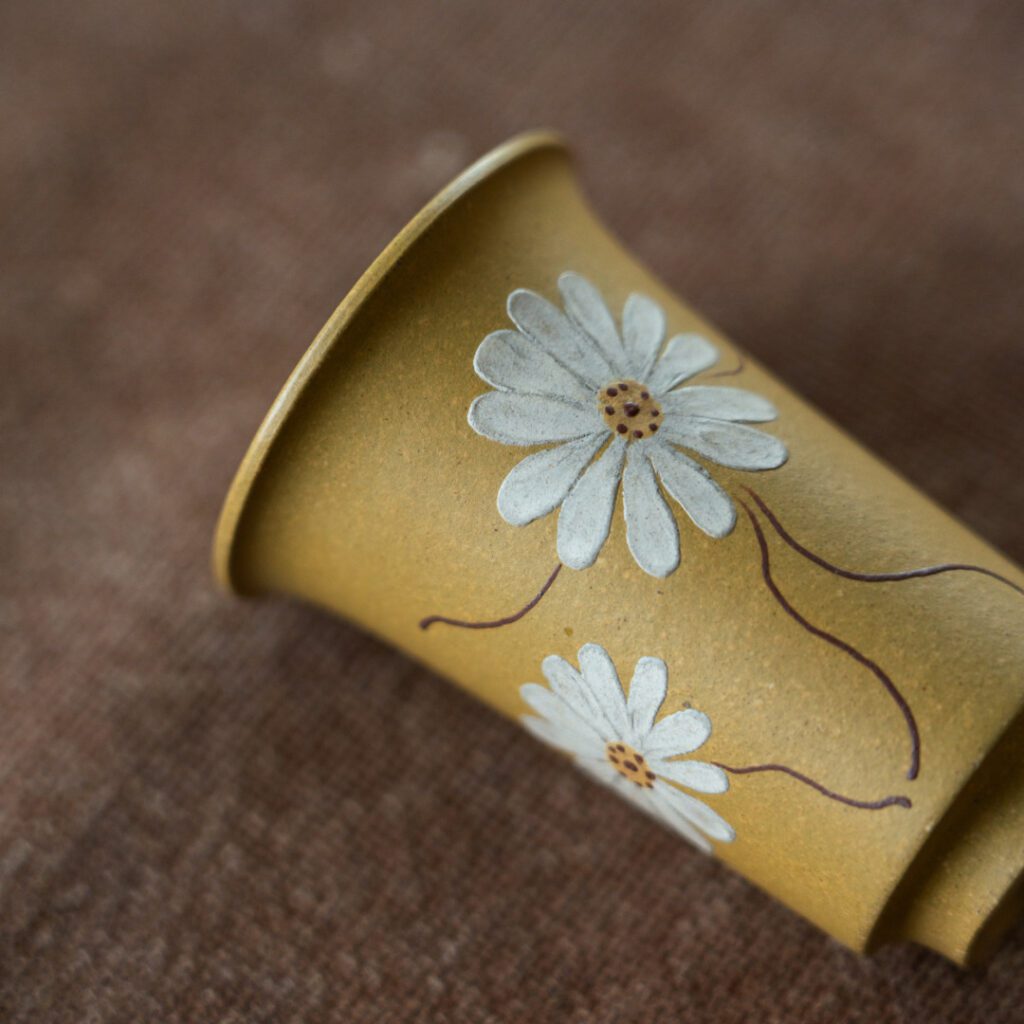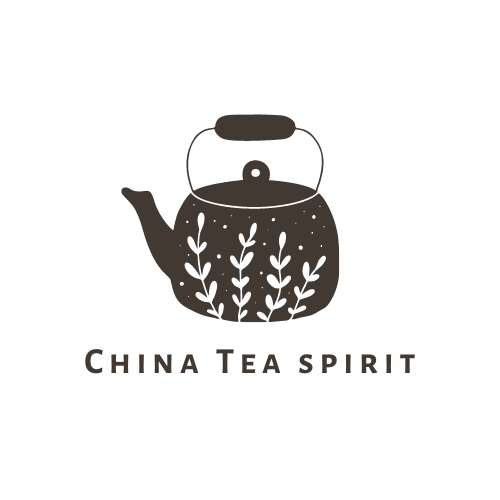Among all the teas in China’s vast oolong universe, Phoenix Dancong holds a special throne — the “perfume of tea.” Each tree has its own fragrance, its own personality, its own magic.
But here’s the thing: while everyone rushes to enjoy spring’s freshest teas, Phoenix Dancong isn’t meant to be drunk fresh off the roast. Especially not the high-fired ones.
Why Fresh Dancong Can Be Harsh on Your Stomach
If you’ve ever tried a just-made Dancong and felt your stomach tighten, you’re not imagining it. Some people even experience cramping or mild diarrhea after drinking new Dancong. The same tea, stored for a few months, suddenly becomes gentler, smoother — and much easier on the body.
So what’s going on?
The Science Behind It (In Plain Terms)
A recent study from South China Agricultural University, published in the international journal Foods, finally gives us the answer. Researchers compared freshly roasted Phoenix Dancong and the same tea after six months of aging — and the differences were huge.
1. New tea = more stimulation
Fresh Dancong is loaded with tea polyphenols and flavonoids, plus compounds like catechins (EGCG, ECG, EC) and caffeine. These active substances are great in moderation — they help energize and protect cells — but when levels are too high, they can irritate the stomach lining.
That “scraping” feeling old tea drinkers describe? That’s your stomach reacting to those sharp, unbalanced actives.
2. Aged tea = more balance
After several months, the harsher compounds mellow out. Meanwhile, theaflavins and thearubigins — the pigments that give aged oolong its smooth amber tone — increase significantly. These aren’t irritants; they actually help the stomach repair and protect itself.
In short:
Fresh Dancong = fiery and aggressive.
Aged Dancong = gentle and protective.
What the Experiments Found
The same study went further, testing how fresh and aged Dancong affected mice with artificially induced stomach injury (using acid and alcohol to mimic real irritation).
- Fresh Dancong worsened the damage — regardless of dose.
- Aged Dancong, in small amounts, actually helped repair it.
Low doses (roughly equivalent to 3–5g of tea per day for a person) reduced ulcers and helped heal the stomach lining. But higher doses (10–12g per day) didn’t help — balance, again, was key.
The Gentle Power of “Old” Tea
So why does aged Dancong help instead of hurt? The study points to two key reasons:
- It boosts antioxidant defenses.
Properly aged Dancong activates the body’s natural protective systems, helping clear harmful molecules that cause inflammation and irritation.
- It calms inflammation and supports healing.
Aged tea suppresses overactive inflammation pathways and promotes the production of protective gastric mucin — the body’s way of coating and soothing the stomach wall.
Put simply: old Dancong teaches your body to breathe again.
How Long Should You Wait to Drink It?
That depends on the roast level:
- Light roast: Wait 3–5 days before drinking.
- Medium or high roast: Give it at least several weeks or even months to “rest.”
- Very high roast (multiple charcoal firings): These teas are made to age. They often shine after one year or more, and some collectors age them for up to a decade.
This resting period isn’t just about flavor. It’s about transformation — from sharp to smooth, from “tastes good” to “feels good.”
The Takeaway: Good Tea Needs Time
Fresh Phoenix Dancong is bold, fragrant, and full of fire — but a little too wild for your stomach. Time softens that edge. As the tea rests, harsh compounds settle, soothing compounds rise, and the balance returns.
So next time you get your hands on a batch of new Dancong, don’t rush to brew it. Give it space to breathe. Let the fire fade, let the tea find its calm.
Because great tea doesn’t just taste better with time — it feels better too.
